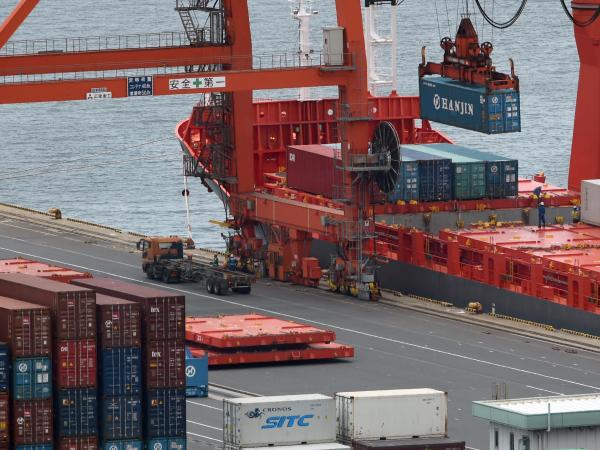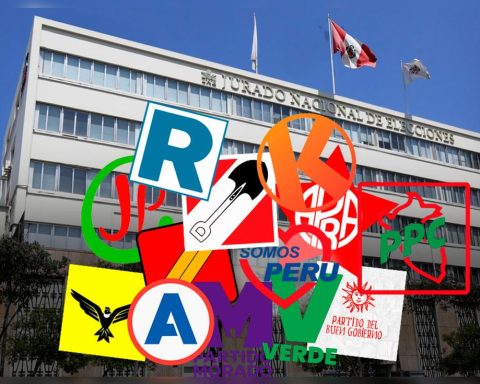Colombia’s foreign trade will play an important role in the newly installed government of Gustavo Petro.
The Casa de Nariño will seek, in the first place, to move from an extractivist economy dependent on oil revenues to a much broader facet, for which it will seek strengthen the country’s presence in regional value chains and promote non-mining energy sales abroad.
However, the new Administration arrives in a context where the country has a trade balance deficit of US$6,810 million at a general level in the first quarter, that when segmenting towards Latin America becomes a surplus of US$1,627.3 million, of which US$297.8 million correspond to the countries of the Andean Community of Nations (CAN), according to the classification made by the Department National Statistics Administration (Dane) when presenting the import bulletin at the June cut-off.
(Meat exports would close with US$500 million in 2022).
It is striking that the country has only six trade deficits, among those with the largest economies in the region: Argentina, Bolivia, Brazil, Mexico and Uruguay.
According to the figures collected by Dane, in the case of bilateral trade with Brazil, the main economy in the region, this adds an unfavorable trade balance of US$904.5 million in the first six months, after registering US$1,139, 6 million in exports.
Among the most traded products between the two nations in this period stood out above all Colombian exports of coke and semi-coke (US$290 million FOB and 648,848 metric tons).
It is followed by sales of thermal coal (US$221.7 million) and polyvinyl chloride (US$158.9 million).
(GDP: consumption continues to drive but slowdown is expected).
With Mexico, the second most important economy in the region, it has, in particular, the highest trade deficit of this select group of six territories.
Thus, the trade imbalance between Bogotá and Mexico City totaled US$1,096.6 million in the first half, after exports of US$792 million and imports of US$1,888.7 million.
Among the products that are exported to Aztec territory are cokes and semi-cokes (US$130 million FOB and 263,966 tons); finished coal (US$99.4 million) and crude palm oil (US$65.3 million).
In economic impact, the third most important deficit is the one that the country has with Argentina: US$336 million.
This was achieved after reaching a record of US$233.5 million in exports and US$569.5 in the case of imports.
Among the products sold to the southern territory are thermal coal, coke and semi-coke, and polypropylene. While, On the import side, wheat, vehicles and barley outperform.
Perhaps the most curious of the cases is that of Bolivia, a territory with which the country has a trade imbalance in the order of US$198 million, due to imports of US$258.6 million and exports of US$60.5 million.
(This is how the market bets against the GDP of the second quarter).
Among the products that stood out were higher sales for polopropylene (US$5.8 million FOB); jet fuel (US$2.8 million FOB) and chocolates, candies and confectionery (US$2.4 million).
Finally, the lowest trade deficit among these six countries corresponds to Uruguay. The commercial exchange supposes an imbalance of only US$27.6 million.
Among the products exported, foot-and-mouth disease and veterinary vaccines stand out, while what is bought from the eastern country includes compounds and mixtures for beverages and milk and cream products.
Bolivia, the only deficit in the CAN
Bolivian territory is the only country in the Andean integration group with which Colombia has a trade deficit. Among the list of products marketed to the country, perfumes, medicines, compresses and tampons and diapers for babies stand out.
Meanwhile, from the highland country, among other products, milk or cream, corn for planting, nuts and peanuts are purchased.
Roberto Casas-Lugo

















